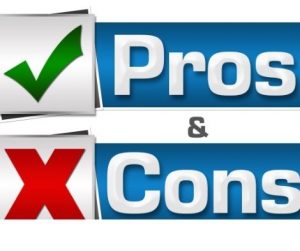adjustable whole life insurance
We'll explain the plans and show you the prices to help you decide if it is right for you.
Modified plans are just one type of final expense insurance.

Modified life policies are usually more expensive after the expiration of the procedure with lower premiums.
Modified whole life insurance provides a death benefit that does not expire as long as premiums have been paid. This is in contrast to term life insurance which only lasts 10, 20, or 30 years.
modified whole life premiumModified life insurance is any policy with an alternative premium payment structure. The initial premiums are typically lower but will rise over the next five to ten years. Modified whole life insurance, the most common type, is also top-rated. Modified term life insurance is also available.
We will explain the plans, show you prices and help you decide if this policy suits your needs.
We'll explain the plans and show you the prices to help you decide if it is right for you.
Modified plans are just one type of final expense insurance.


Some companies offer as little as 8%, while others can offer up to 30%. Most companies charge 10% interest on premiums.
The good news: People with serious health problems can still get coverage through a whole-life modified plan. Many revised life plans do not have any medical or lifestyle underwriting. You can still receive coverage even if you are suffering from serious illnesses. Depending on your medical history, modified whole life may be the only option to get new life insurance.
Younger people are often offered modified whole life insurance to get permanent coverage at a lower rate.
The death benefit protection is the same, but the premiums are different.

Some companies offer as low as 8% and others as high as 30%. However, most companies pay 10% interest on your premiums.
Some companies offer as little as 8%, while others can offer up to 30%. Most companies charge 10% interest on premiums.
Modified whole life insurance provides a death benefit that does not expire as long as premiums have been paid. This is in contrast to term life insurance which only lasts 10, 20, or 30 years.
If you get $1000 in monthly payments and a company pays 10% interest, $1100 will be yours (if the waiting period ends).

How Is The Premium Modified? Graded premium whole life policies are a bit different from modified whole life policies. With graded premiums, the premiums gradually increase each year for a few years, and then they stay the same. Modified whole life policies have just one increase.
What does modified whole life insurance mean? A modified whole life insurance policy is a plan that has a waiting period of 2-3 years before the death benefits are payable. If the insured were to die during the waiting period, the insurance company will only refund premiums paid plus interest.
What do Modified Life and Straight Life policies have in common? Accumulation of cash value. What determines the cash value of a variable life policy? If insured dies during term, death benefit is paid to beneficiary; if policy is canceled or expires before insured's death, nothing is payable; no cash value.
A version of a whole life insurance policy where the insured pays less premium than usual for an agreed upon amount of time. After that period of time the premium payments increase to an agreed upon amount that is higher than usual for the life of the policy.
The Modified Benefit Option (MBO) is an alternative benefit package that provides an increased base rate of pay with modified be. Page 1. Representation: Teamsters Local 1932. The Modified Benefit Option (MBO) is an alternative benefit package that provides an increased base rate of pay with modified benefits.
Modified whole life insurance is a type of whole life insurance that offers lower premiums for a short time (usually two to three years but occasionally up to five or 10), followed by a higher rate for the remainder of the policy